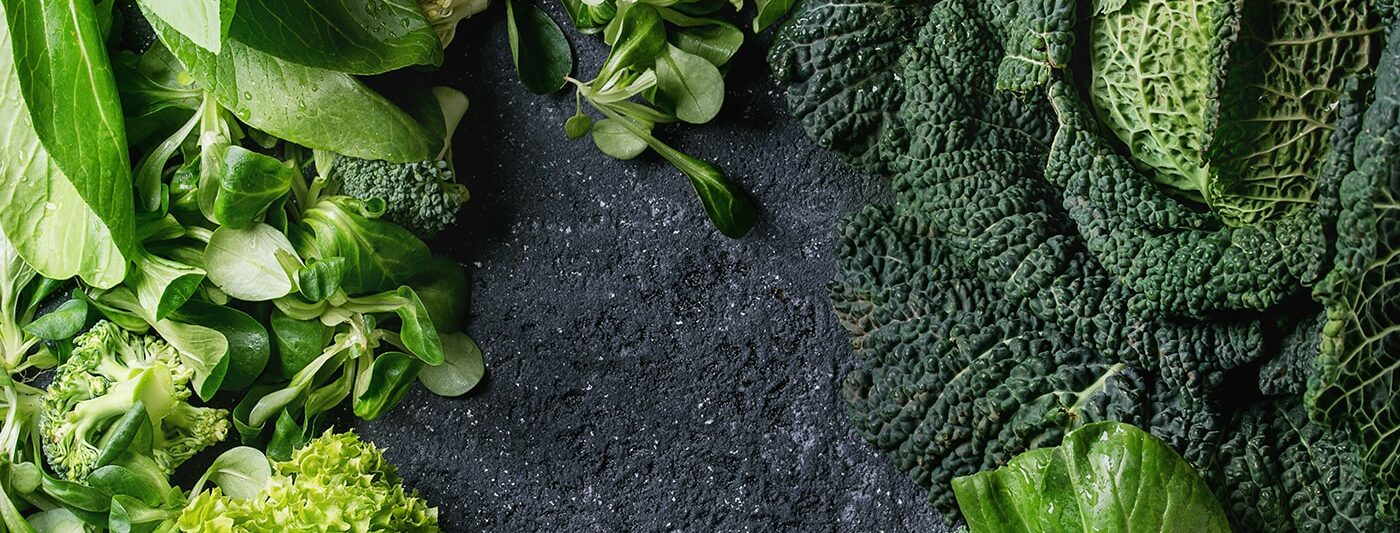Just today I was reviewing a nutrient intake evaluation with a patient of our clinic, let’s call her Trish, who is on (among other things) a dairy-free Food Plan. Since we are sometimes implementing relatively complex elimination diets in our patient population with severe allergic disease, nutritional balance requires careful attention. We regularly request diet diaries not just to review adherence to plan but to assess sufficient nutrient intake (in conjunction with functional labs that look at nutrient availability and utilization).
If you’re dairy-free, one obvious and important aspect to consider is are you getting enough calcium? There are many great non-dairy sources of calcium, which come with a host of many other beneficial nutrients including sesame, almonds, chia, quinoa, and small fish (with bones). Leafy greens and cruciferous are also a great calcium source that many people turn to.
Back to Trish… We’ve done a couple of nutrient intake evaluations with her during our work together and, despite her continued abundant intake of leafy greens (her first choice for calcium sources, and nutritionally great for many reasons), her calcium intake was drastically different each time. The first time it was nicely in the range of 1000-1200 mg/d, but the second time it came in less than 350 mg/d. The difference? During her first nutrient intake eval she was consuming abundant dandelion greens, which are one of the richest calcium sources. But during the second eval she had turned to the lettuces, including green leafy and Bibb lettuces. Despite consuming multiple cups per day, even a whole head of Bibb lettuce in one sitting, her calcium intake was still low.
So, despite there being good alternative calcium sources, it’s clear from Trish’s example above that it’s not always easy to get this right. We talked over the types of non-dairy sources that she could turn to and reviewed the calcium variability of leafy greens using this table below. We try to resolve nutritional imbalances with food first, but will use targeted supplementation where this isn’t possible.
An important lesson for those following a dairy-free plan and relying heavily on leafy greens for calcium, is that there is a lot of variability in their calcium content! Take a look at this list and compare it with the types of greens you eat regularly.
| Food | Calcium in 1 cup, raw, chopped (mg) |
| Turnip greens | 105 |
| Dandelion greens | 103 |
| Kale | 90.5 |
| Parsley | 82.8 |
| Chinese cabbage (bok choy) | 73.5 |
| Mustard greens | 57.7 |
| Collard greens* | 52.2 |
| Beet greens* | 44.5 |
| Broccoli | 42.8 |
| Watercress | 40.8 |
| Brussels sprouts | 37 |
| Arugula | 32 |
| Spinach* | 29.7 |
| Chicory greens | 29 |
| Endive | 26 |
| Bibb lettuce | 19.3 |
| Swiss chard* | 18.4 |
| Romaine lettuce | 15.5 |
| Green leaf lettuce | 13 |
Source: www.nutritiondata.com (accessed 08-20-15)
*Some greens contain higher levels of oxalates that can bind calcium and reduce absorption. Cooking may help reduce oxalate content.


 Oral Allergy Syndrome: What It Is + 6 Ways To Improve It
Oral Allergy Syndrome: What It Is + 6 Ways To Improve It